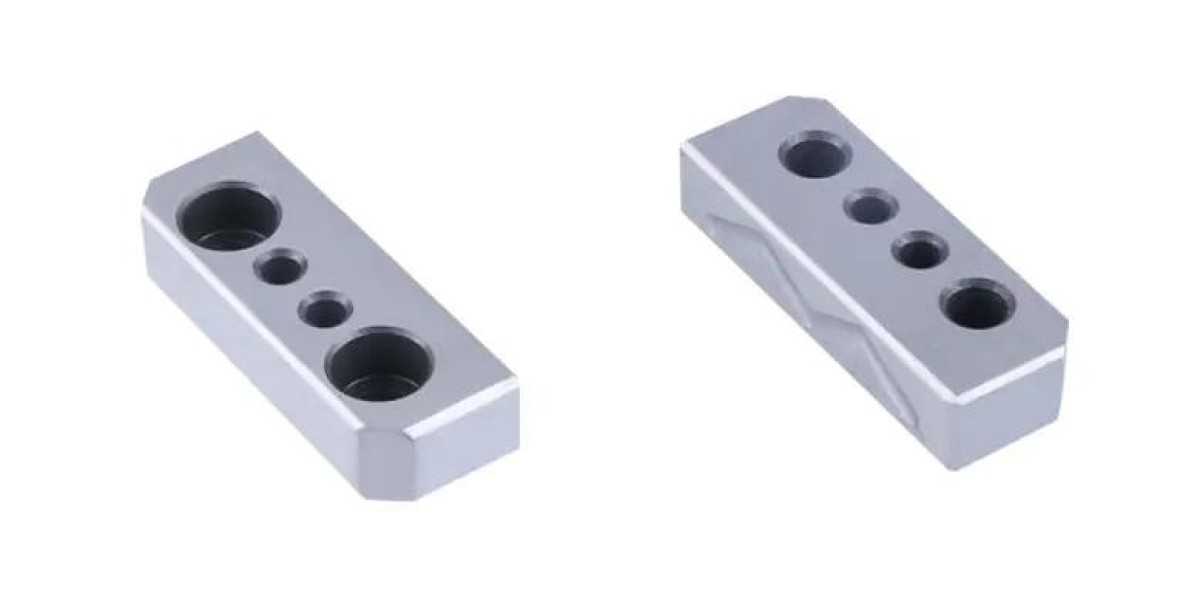Understanding Critical Selection Criteria
Mold Wear Block: Choosing high-performance wear components for molds requires careful evaluation of specific technical parameters. The selection process involves understanding material properties, manufacturing precision, and application requirements that directly impact performance and longevity. A properly specified Mold Wear Block can significantly extend mold life while reducing maintenance costs and production downtime. This systematic approach ensures optimal performance in demanding industrial environments where reliability directly affects manufacturing efficiency and product quality.
Material Hardness and Wear Resistance
The fundamental parameter for any durable component is material hardness, typically measured on the Rockwell C scale. High-quality Mold Wear Block options maintain consistent hardness between 58-62 HRC, providing superior resistance to abrasive wear. However, hardness alone isn't sufficient - the material composition must include proper carbide distribution and microstructure that prevent material galling and adhesive wear. Premium products often feature specialized surface treatments like nitriding or titanium nitride coating to enhance surface hardness beyond the base material's capabilities, significantly extending service life in high-friction applications.
Dimensional Accuracy and Geometric Tolerances
Precision manufacturing is essential for proper performance of these critical components. Critical dimensions must be maintained within tight tolerances, typically ±0.01mm or better for high-precision applications. Beyond basic measurements, geometric tolerances including flatness, parallelism, and perpendicularity ensure perfect alignment and even pressure distribution. A superior Mold Wear Block maintains these specifications consistently across production batches, guaranteeing reliable performance and preventing premature wear in precision mold applications where even minor deviations can cause significant issues.
Surface Finish and Lubrication Characteristics
Surface quality significantly influences operational efficiency and maintenance requirements. Optimal surface finish, typically between 0.2-0.8 Ra, reduces friction and prevents material adhesion. For applications where lubrication is challenging, materials with self-lubricating properties offer distinct advantages. The surface integrity of a quality Mold Wear Block should be free of machining marks or inconsistencies that could become initiation points for cracks or accelerated wear. Properly finished components ensure smooth operation and reduce the need for frequent maintenance in high-cycle applications.
Material Composition and Thermal Stability
Chemical composition determines fundamental characteristics and performance capabilities. Common materials for Mold Wear Block components include premium tool steels like D2 or A2, or specially formulated alloys with vanadium and molybdenum additives that enhance toughness and wear resistance. Beyond composition, thermal stability - the material's ability to maintain dimensional integrity despite temperature fluctuations - is critical in thermally cycling molding processes. Selected components must resist tempering effects and maintain hardness and strength at elevated operating temperatures to ensure consistent performance throughout extended production runs.
Load Capacity and Application Compatibility
Mechanical strength must withstand specific operating conditions, including both static and dynamic loads. Engineering calculations should verify adequate load-bearing capacity for the intended application of the Mold Wear Block. Equally important is compatibility with the operating environment - considering factors like galvanic corrosion potential when dissimilar metals contact each other, chemical resistance to processing materials, and appropriate hardness differentials between sliding surfaces. The right specifications ensure optimal performance while protecting other mold components from premature wear or damage.
Quality Certification and Performance Documentation
Reputable manufacturers provide comprehensive documentation including material certifications, heat treatment records, and dimensional inspection reports for their Mold Wear Block products. Third-party verification adds credibility to manufacturer claims about product specifications. Certification to international standards like ISO 9001 indicates robust quality management systems, while material traceability through mill certificates ensures composition authenticity. This documentation provides crucial confidence in component quality and serves as an essential reference for troubleshooting and quality assurance processes throughout the component's service life.



